
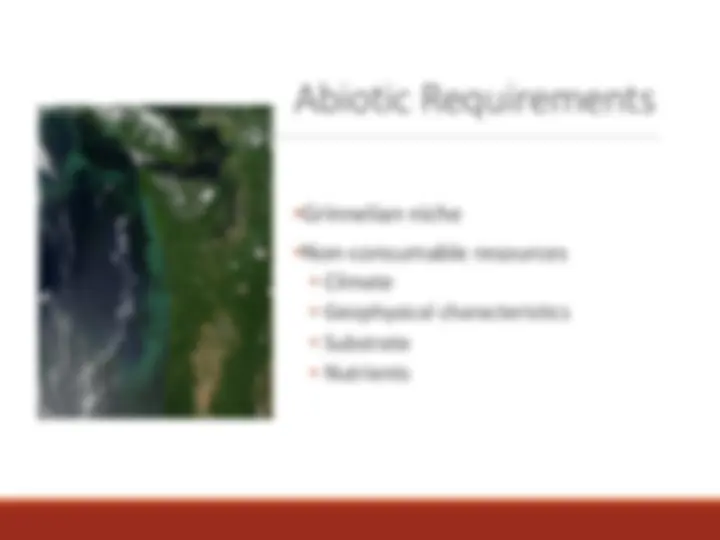
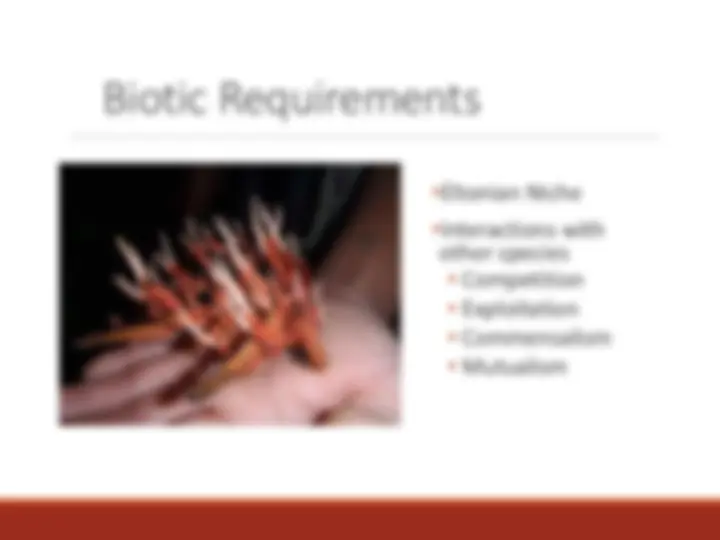
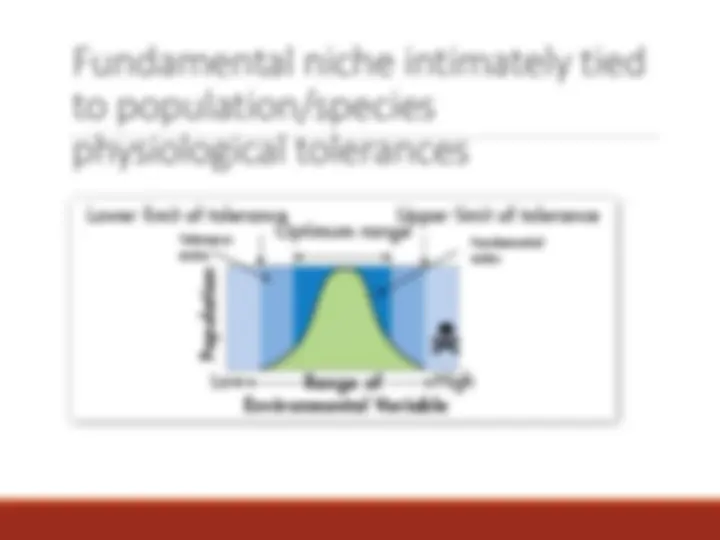

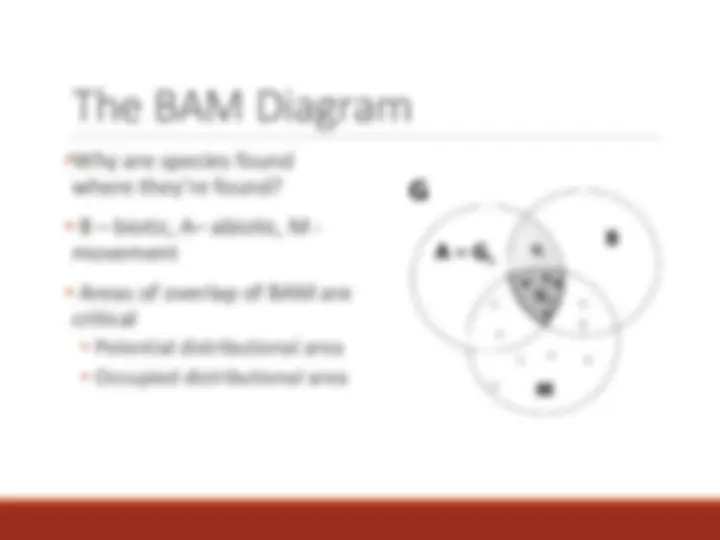
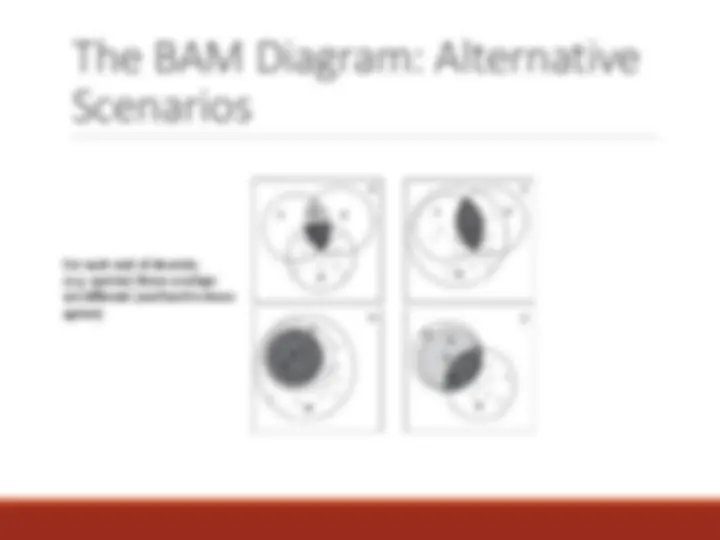
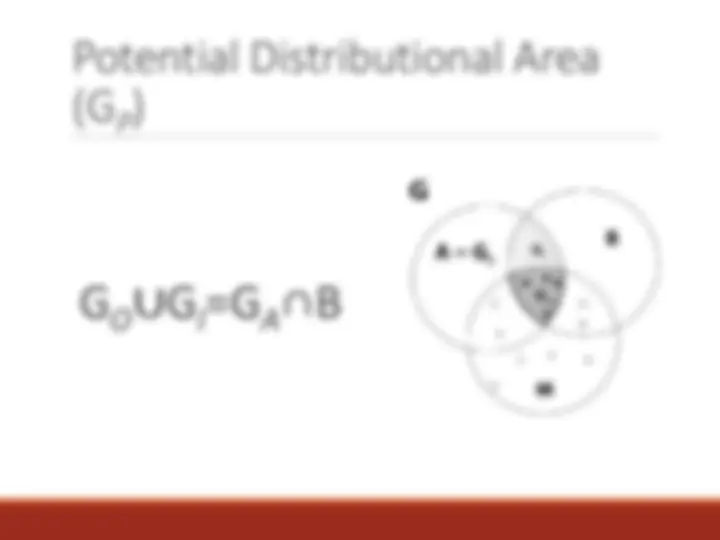






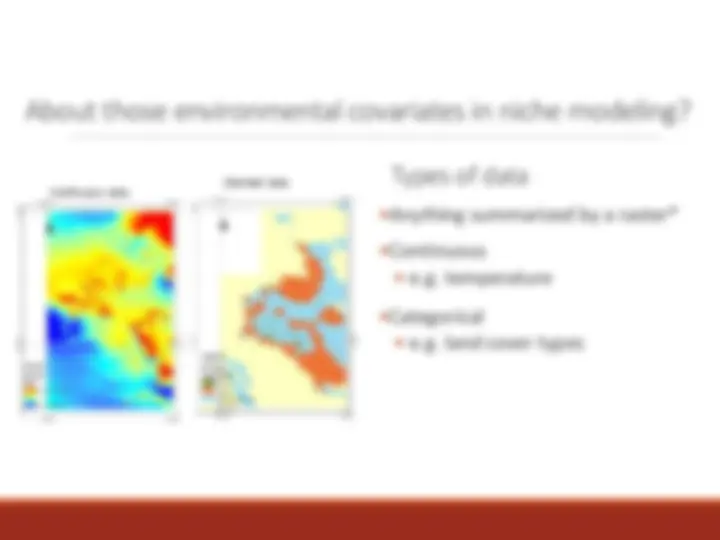
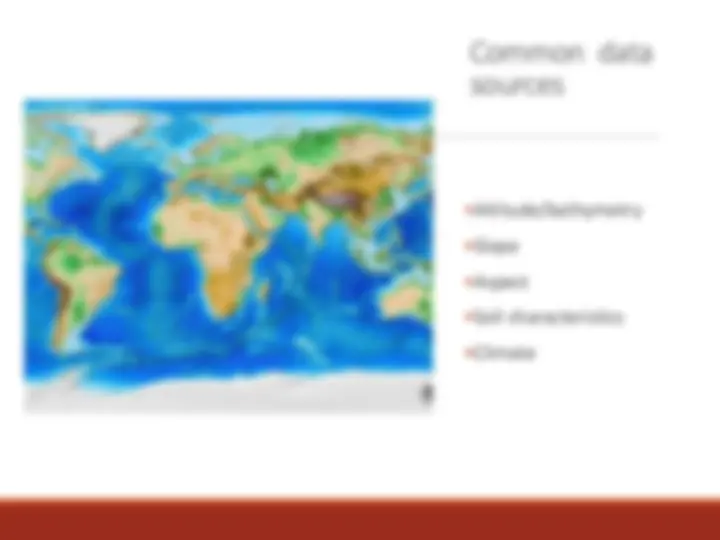
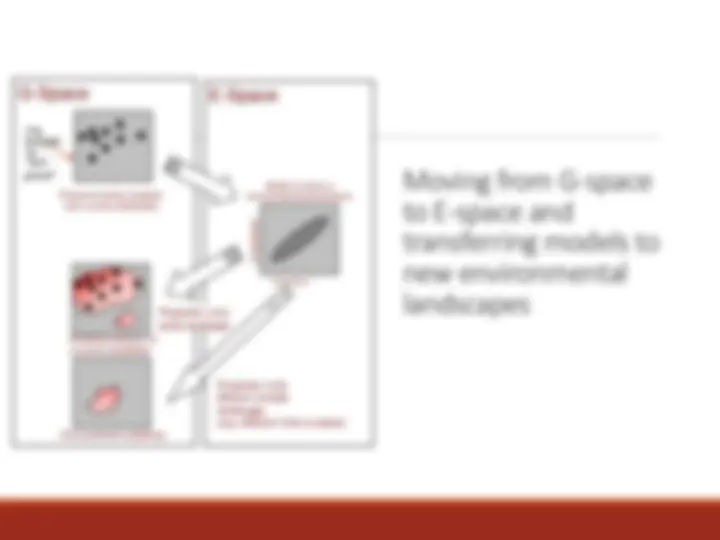
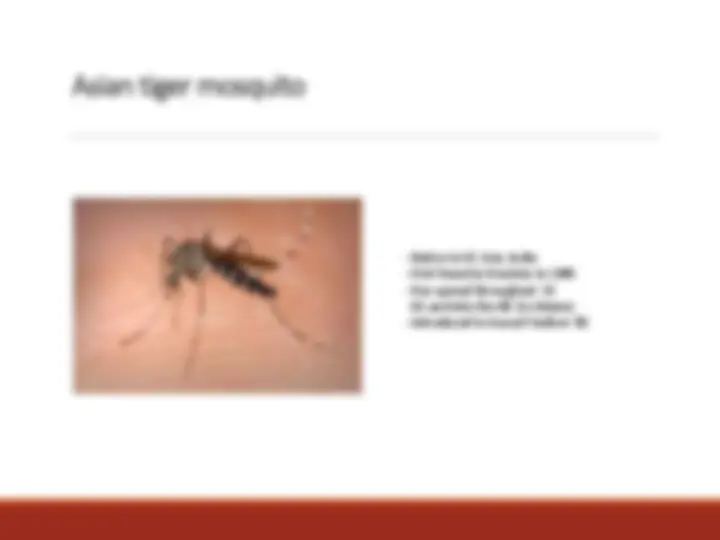
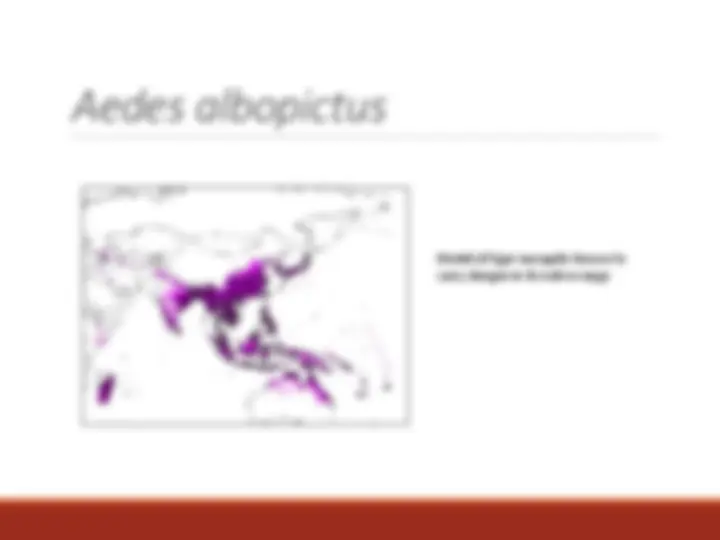
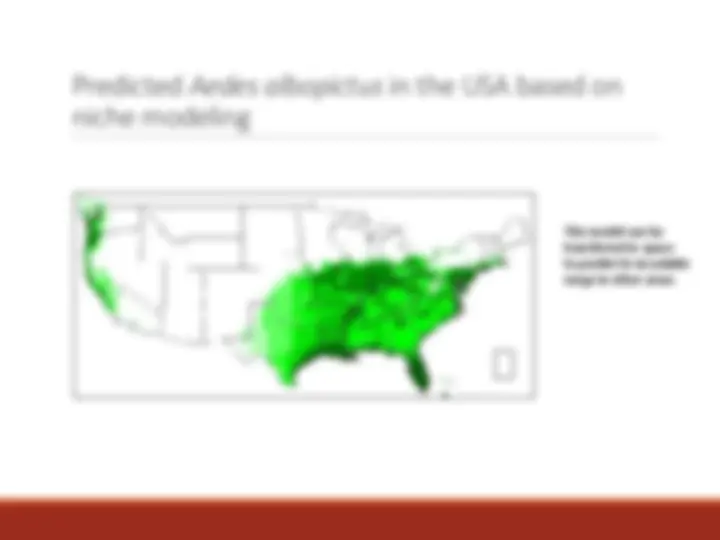
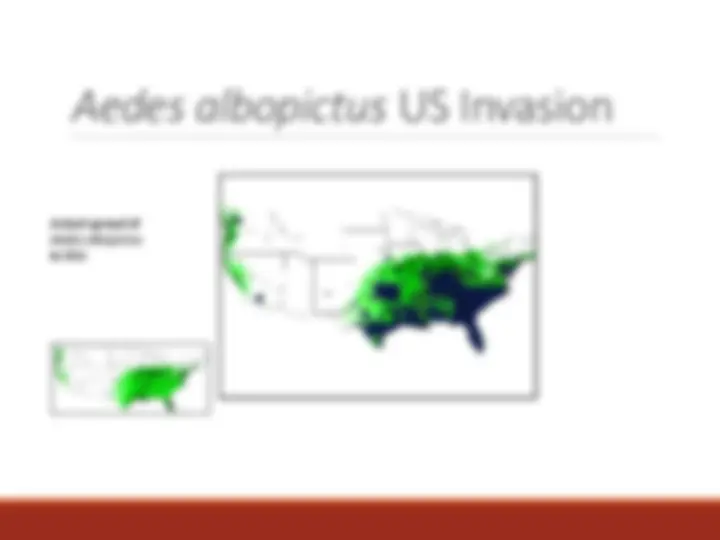
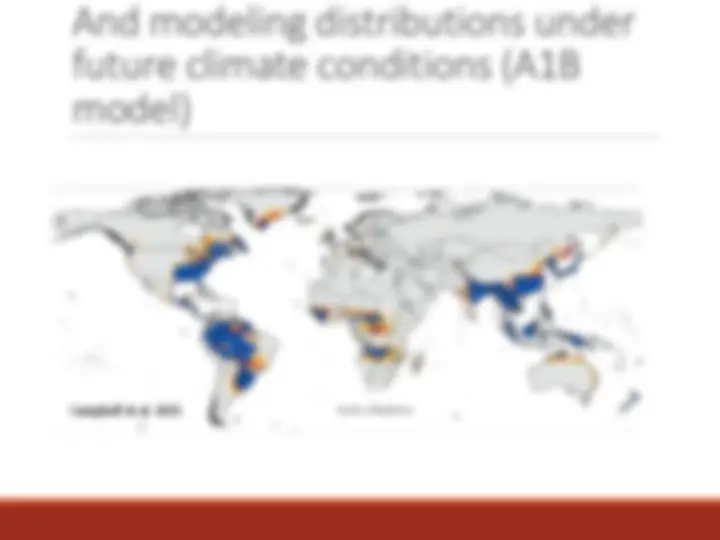

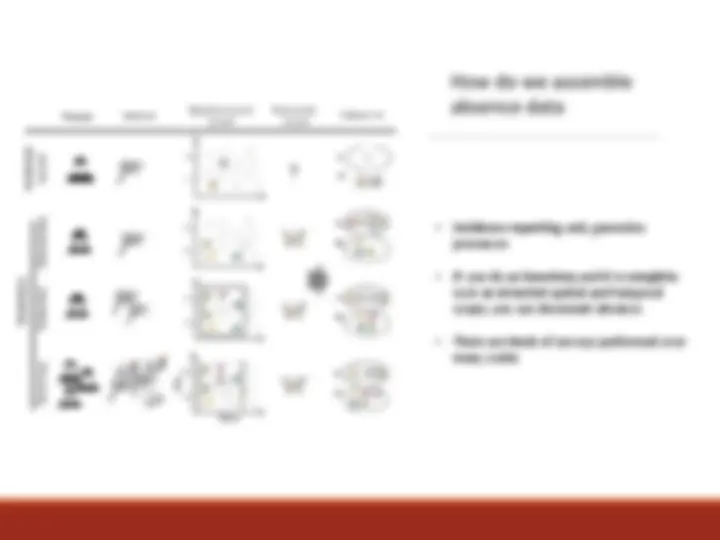


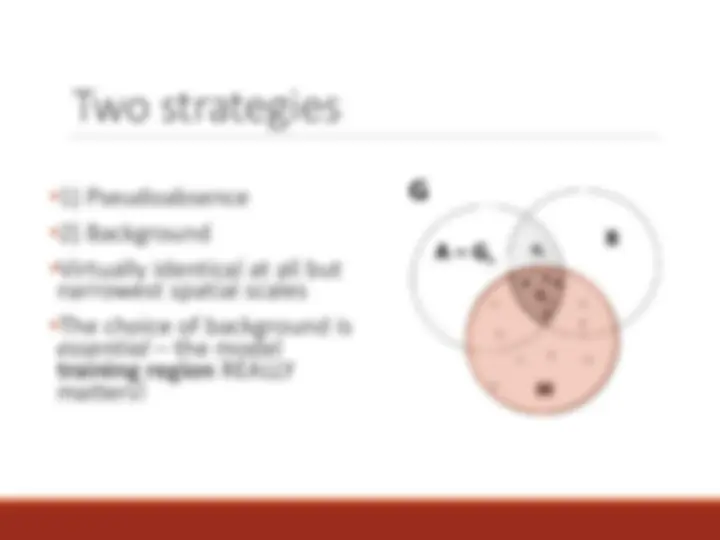

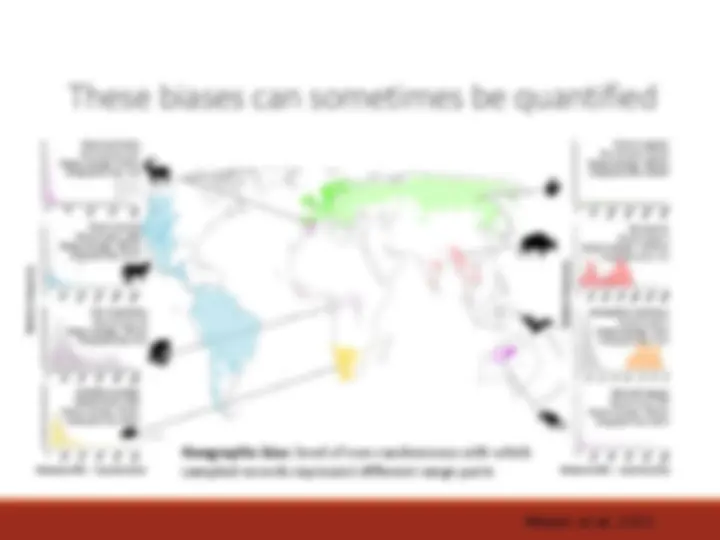


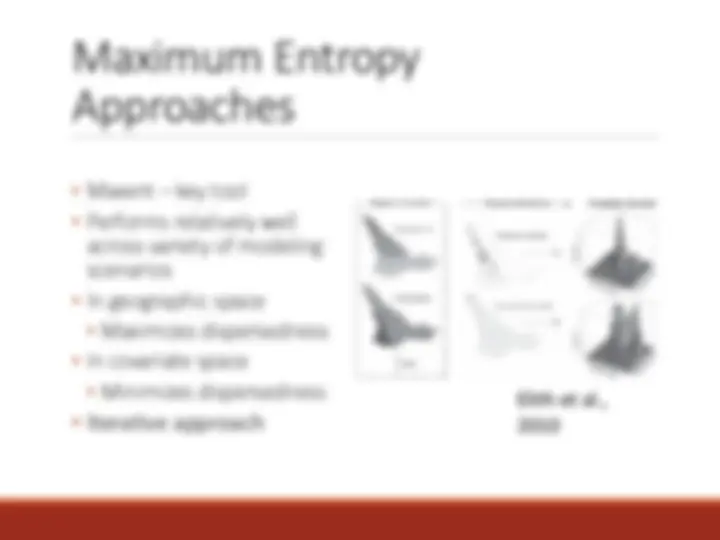


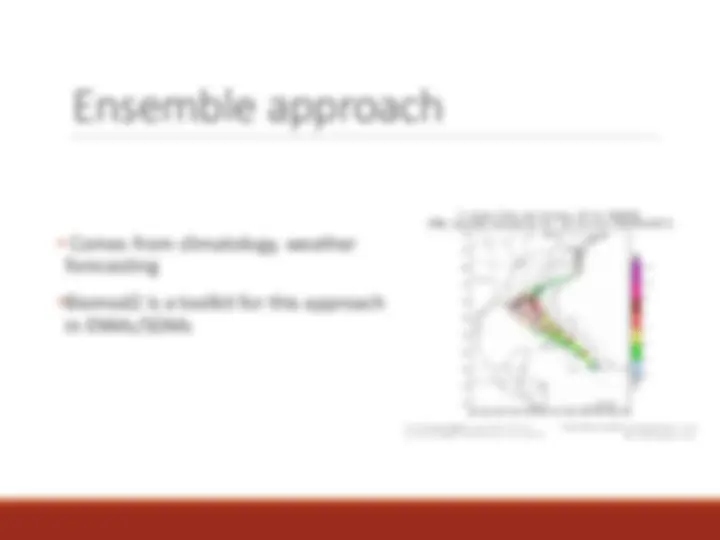
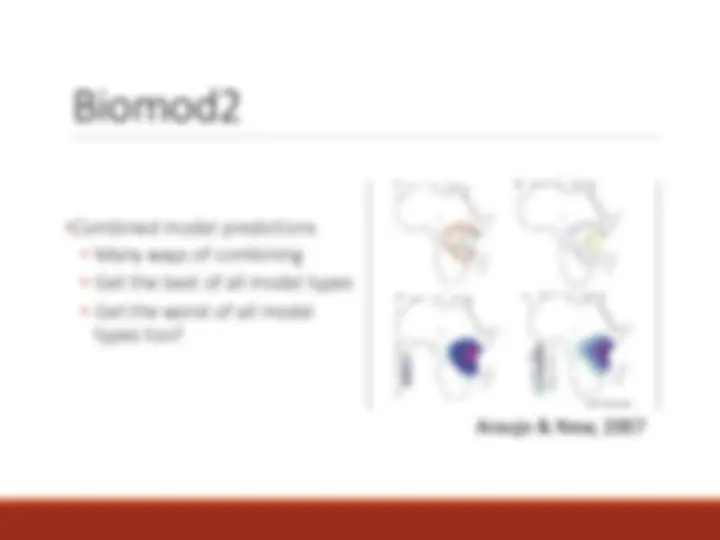







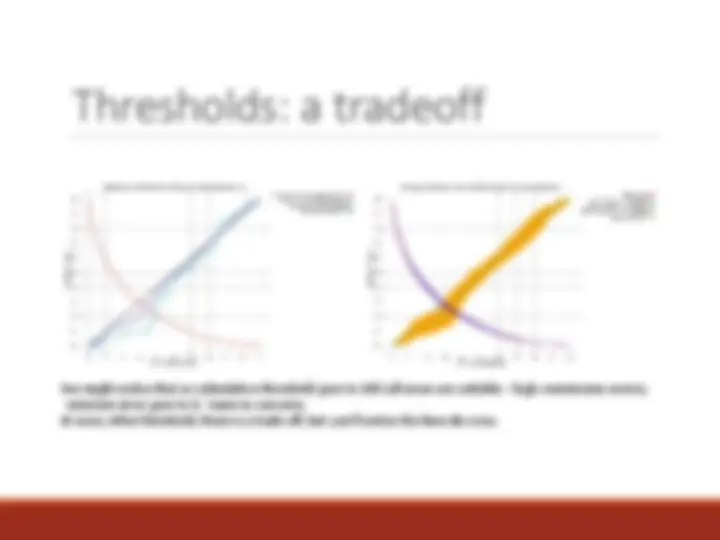









Study with the several resources on Docsity

Earn points by helping other students or get them with a premium plan


Prepare for your exams
Study with the several resources on Docsity

Earn points to download
Earn points by helping other students or get them with a premium plan
Community
Ask the community for help and clear up your study doubts
Discover the best universities in your country according to Docsity users
Free resources
Download our free guides on studying techniques, anxiety management strategies, and thesis advice from Docsity tutors
An introduction to ecological niches and species distributions, discussing different definitions and components of niches, including abiotic and biotic requirements, tolerance, and movement. It also covers the conceptual background of niche modeling and the importance of modeling both fundamental and realized niches for species distribution modeling. various methods for niche modeling, including mechanistic and correlative approaches, and discusses the importance of absence data in understanding realized distributions.
What you will learn
Typology: Study notes
1 / 58

This page cannot be seen from the preview
Don't miss anything!



















































Many definitions. Key concepts: Grinnelian niche – habitat requirements and characteristics that foster persistence Eltonian niche – focused on communities and their trophic levels and interactions. Typically considered at local scales. Hutichinsonian niche – Hutchinson considered niche as a n- dimensional hypervolume defining both environmental conditions and resources. Distinguished bet. fundamental and realized niche
The full range of environmental conditions (biological and physical) under which an organism can exist describes its fundamental niche.
Because of biotic interactions (competition, predation), the realized niche is almost always smaller.
Tolerance niche Fundamental niche
For each unit of diversity (e.g. species) these overlaps are different (and hard to know apriori)
A∩B∩M
G O ∪G I =G A ∩B
η(G) η-1(Eʹ)
the multivariate space of environmental dimensions associated with G
the geographic location(s) that correspond to a given environmental combination E’
and is often what is modeled in correlative approaches
conditions represented on real-world landscapes
Mechanistic models: the Gold Standard?
Mechanistic models: the “but”